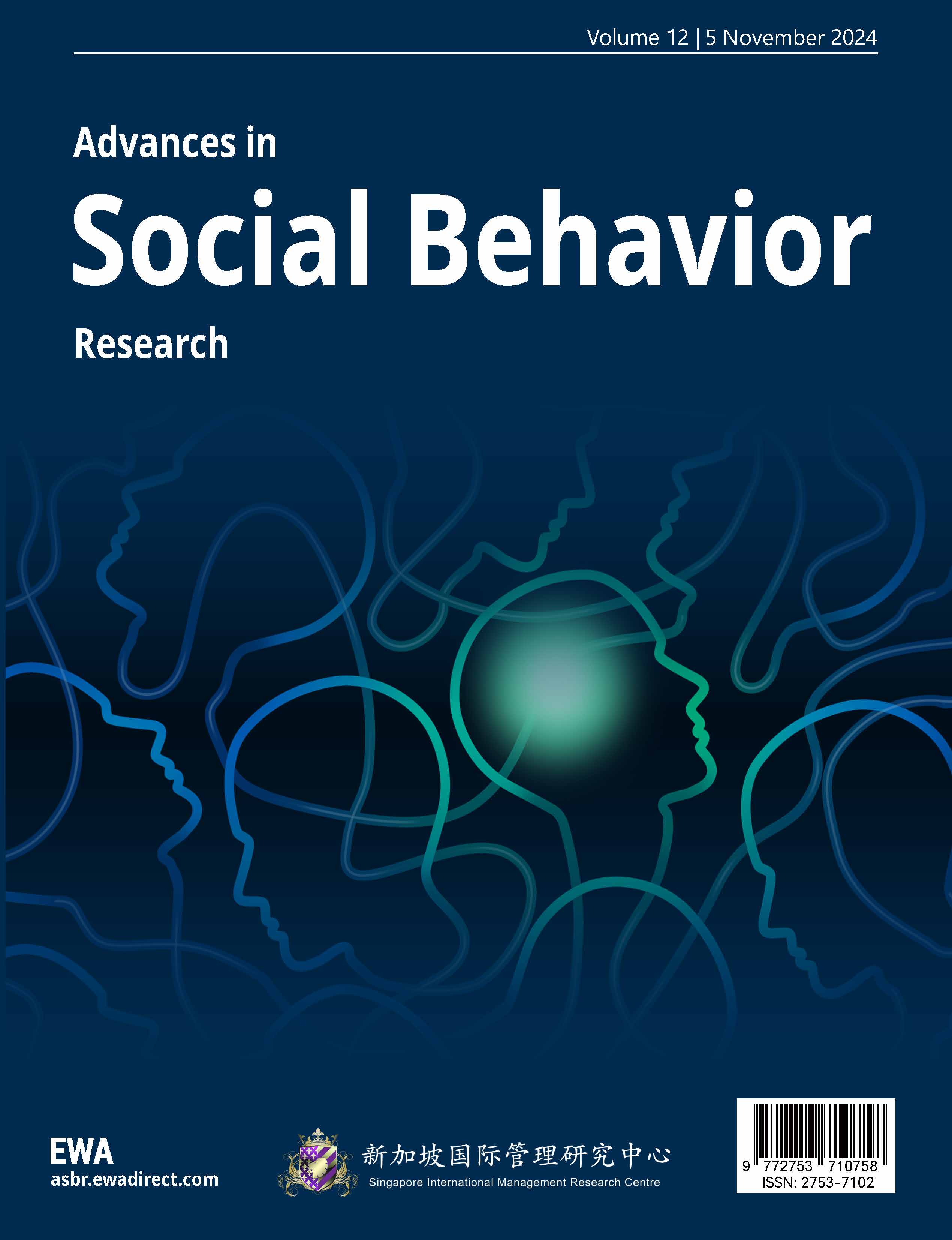References
[1]. Lefebvre, H. (1991). The production of space (D. Nicholson-Smith, Trans.).Blackwell.(Original work published 1974)
[2]. Kong, L. (2002). In search of permanent homes: Singapore’s house churches and the politics of space.Urban Studies, 39(9), 1573–1586. https: //doi.org/10.1080/00420980220151761
[3]. Martin, A. K., & Kryst, S. (1998). Encountering Mary: Ritualization and place contagion in postmodernity. InH. J. Nast & S. Pile (Eds.),Places through the body(pp. 207–230). Routledge.
[4]. Holloway, J. (2006). Enchanted spaces: The séance, affect, and geographies of religion.Annals of the Association of American Geographers, 96(1), 182–187. https: //doi.org/10.1111/j.1467-8306.2006.00507.x
[5]. Baudrillard, J. (1998). The consumer society: Myths and structures (C. Turner, Trans.).SAGE Publications.(Original work published 1970)
[6]. Bauman, Z. (2007). Consuming life. Polity Press.
[7]. Heelas, P. (2008). Spiritualities of life: New age romanticism and consumptive capitalism. John Wiley & Sons.
[8]. Gellner, D. N. (2023). The spaces of religion: a view from South Asia.Journal of the Royal Anthropological Institute, 29(3), 553-572.
[9]. Koesel, K. J. (2014). Religion and authoritarianism: Cooperation, conflict, and the consequences. Cambridge University Press.
[10]. Ashiwa, Y., & Wank, D. L. (Eds.). (2020). Making religion, making the state: The politics of religion in modern China. Stanford University Press.
[11]. Borchert, T. A. (2017). Educating monks: Minority Buddhism on China’s southwest border. University of Hawaii Press.
[12]. Nelson, J. K. (2013). Experimental Buddhism: Innovation and activism in contemporary Japan. University of Hawaii Press.
[13]. Berger, P. L. (2014). The many altars of modernity: Toward a paradigm for religion in a pluralist age. Walter de Gruyter GmbH & Co KG.
[14]. Aruljothi, C., & Ramaswamy, S. (2019). Pilgrimage tourism: Socio-economic analysis. MJP Publisher.
[15]. Kieschnick, J. (2003). The impact of Buddhism on Chinese material culture. Princeton University Press.
[16]. Gombrich, R. (1988). Theravāda Buddhism: A social history from ancient Benares to modern Colombo. Routledge.
[17]. Ning, W. (2017). Rethinking authenticity in tourism experience. InThe political nature of cultural heritage and tourism(pp. 469-490). Routledge.



